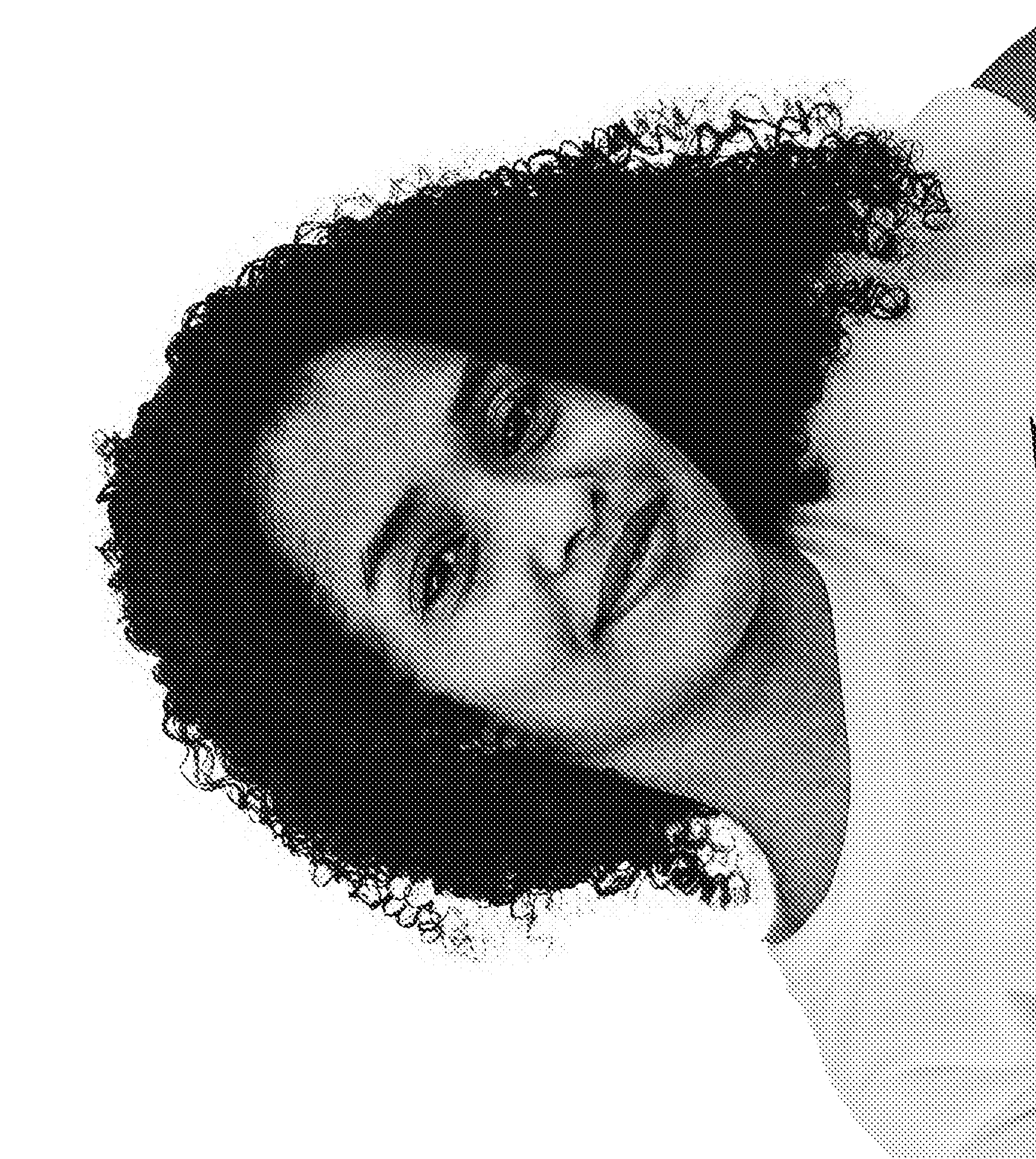If you or a friend need urgent assistance, call 911 immediately, or take your friend directly to the emergency room. If you feel it’s safe, stay with your friend, or find someone to stay with them until help arrives.
R~ADMAP TO LGBTQ+ MENTAL HEALTH
Sexual identity and gender identity are core parts of who we are. While there is no one-size-fits all, there are some shared experiences that often go along with being part of the lesbian, gay, bisexual, transgender, gender nonconforming, queer, questioning+ (LBGTQ+) community. Since mental health touches all aspects of life, it also overlaps with gender and sexual identity. Whether you identify as LGBTQ+ yourself or love someone who does, read on to learn more about LGBTQ+ mental health.
What is LGBTQ+ mental health?
Mental Health is your general sense of emotional, psychological, and cognitive wellbeing (more info here). Everyone has mental health, but it can look different based on cultural factors and social group identities like sexual and gender identity. Focusing on LGBTQ+ mental health allows us to consider some of these unique experiences.
It’s important to stress that difficulties related to identifying as a sexual minoritized or gender diverse individual can be challenging not because of these identities themselves, but because of the broader societal fabric that creates a difficult environment to thrive in. Individuals who identify as LGBTQ+ are often affected by the daily realities of heterosexism, cisgenderism, homophobia, transphobia, cisnormativity, and heteronormativity. Many also experience racism, classism, ableism, sexism, and/or xenophobia. These each can create experiences of discrimination-based rejection, which impact self-esteem, mood, career, relationships, and of course, mental health. Despite these systemic-level challenges, there are countless examples of thriving within and because of LBGTQ+ communities, which we’ll also highlight here.


Daily LGBTQ+ mental health
Daily LGBTQ+ mental health is impacted by the aspects of everyday life that are particularly stressful. Consider which of these daily nuisances impact you most. With awareness comes resistance and growth.
Disclosure fatigue
It can get exhausting to constantly consider when and where to share your identity. Considerations of safety, acceptance, and understanding from others can wear on you and create disclosure fatigue.
Internalized guilt, shame, and stigma
There are many ways that you might contend with the typical “mold” for who you are “supposed” to be, and because of this, you might have been taught to experience guilt and shame about who you are. This can leave you feeling stuck or tempted to shrink yourself.
Expectations of others
Ever notice that you feel the weight of others’ expectations? That can create a need to separate your own self-expectations and those from other people. This can be especially salient for LGBTQ+ people of color due to community expectations and experiences of racism.
Code switching
Navigating a cisnormative and heteronormative world can leave you feeling like you have to change how you present yourself based on who you’re around. And sometimes this becomes a safety concern. Constant code switching (which you might have to do even more often if you are a person of color) can leave you tired and questioning your own authenticity.
Small and big rejections
From individual insults to seeing LGBTQ+ rights jeopardized on a large scale, rejections big and small can take a major toll. This might impact your mood, sense of wellbeing, physical safety, or you might have become immune to their impact in order to protect yourself. Either way, these can challenge your sense of self-worth.
Self-doubt and negative self-appraisals
Experiences of questioning where you fit in and experiencing rejection from others can lead to internalized self-doubt. That voice inside your head that sounds like a bully toward yourself is what negative self-appraisals sound like. These can get in the way of recognizing all that you have to offer.


Clinical LGBTQ+ mental health
Clinical mental health concerns exist across all communities, and below are some difficulties that tend to impact individuals from the LBGTQ+ community more than others. Understanding these can help you recognize difficulties before they begin or when support would be helpful. If you or a loved one are experiencing any of these warning signs, follow the links for more information.
ANXIETY & DEPRESSION
The rate of anxiety and depression is 1.5-2.5 times higher among LGBTQ+ individuals, often in response to chronic experiences of prejudice and discrimination.
Warning Signs
- Feeling hopeless, guilty, or worthless
- Intense worry that feels hard to set aside
- Physical discomfort including tension, shakiness, headaches, rapid breathing or heart rate, and/or stomach pains
- Low mood that impacts your ability to function
- Loss of interest in what you used to enjoy
- Notable changes in appetite, weight, or sleep
More information from: ADAA , The Trevor Project, WBT
EATING DISORDERS
Many LGBTQ-identified individuals experience internalized negative beliefs about oneself that are harmful for body image and eating habits.
Warning Signs
- Strong dissatisfaction with how your body looks and fear of gaining weight
- Frequent checking of how your body looks
- Taking actions to avoid weight gain that are harmful to your body
- A sense of loss of control over your eating
TRAUMA
LGBTQ-identified individuals unfortunately often experience interpersonal-related trauma related to rejection, hate crimes, and/or discrimination.
Warning Signs
- Witnessing or experiencing a traumatic event
- Having dreams, flashbacks, or intrusive memories of the event
- Feeling constantly on edge or on high alert
- Strong reactions to or avoiding things that remind you of the event
More information from: NAMI
THOUGHTS OF SUICIDE
Thoughts of suicide are higher among transgender, gender queer, lesbian, bisexual, pansexual, and gay-identified individuals. Strong parental support can significantly reduce suicide rates, but many LGBTQ+ individuals struggle silently, so warning signs are particularly important to pay attention to.
Warning Signs
- Feeling hopeless, guilty, or like a burden to others
- Thinking or talking about killing yourself
- Having no reason to live
- Feeling trapped
- Experiencing severe psychological pain
If you or someone you know is in crisis, having thoughts of suicide, or need a safe place to talk, you can call:
- Trevor Lifeline: 1-866-488-7386
- Trans Lifeline: 1-877-565-8860


LGBTQ+ MENTAL WELLBEING & STRENGTHS
LGBTQ+ mental well-being is a sense of cognitive, mental, and emotional well-being among those who identify as LGBTQ+ (more info here). Of course, this just scratches the surface on the countless strengths among the members of this community, but this is what tops the list in terms of recent research findings:
Social Intelligence
It’s not uncommon for LGBTQ+ folk to code switch and pick up on social cues so that they can determine which people are more likely to be safe and accepting — this skill can apply to other situations as well which lead to better communication and listening skills.
Empathy for Others
Often because of their own lived experiences with rejection and discrimination, LGBTQ+ folk tend to more easily empathize with others. This allows for community building, support and mentorship, and fighting for the rights of those who are also affected by oppressive systems.
Courage
Living authentically can often be scary for fear of rejection or safety, especially for folks with intersecting identities. But those who are able to do so have often built up courage and determination to stop allowing society’s norms to dictate how they live their lives.
Creativity
Since queerness has been taboo for so long, many people have turned to art to express their identity, emotions, and experience. Exploring creative aspects of yourself can increase self-esteem, self-awareness, and can be a profound method of sharing stories with others.
Authenticity
Self-acceptance can be a challenge for many LGBTQ+ folk, especially if with experiences of rejection and internalized stigma. After learning to accept, cherish, and celebrate what makes you unique, you can learn to be more true to yourself in daily life.
Resilience
LGBTQ+ folk often unfortunately have to deal with additional hurdles and obstacles because of systemic injustice and discrimination. Thriving despite these hurdles is often a sign of resilience and strength in the face of adversity.
Tips for fostering LGBTQ+ mental health
Difficult experiences provide an opportunity to adapt and develop strengths. Below are some tips on how to do this. Take a look, and consider what feels most important to you and how you could start practicing today.
The Skill
THE WHY
Community support can offer a source of support and resistance. It can buffer against the effects of the difficulties listed above.
THE HOW
Queer communities exist both online and offline, often for particular subgroups of identities or cultures. Try finding a community in whatever form suits you and see where it takes you!
THE WHY
To contend with everything outlined above, the urge to shrink yourself is understandable. Finding spaces where your authentic self is appreciated will help you feel freer and better able to attain your goals.
THE HOW
Being authentically yourself can mean dressing in a certain way, speaking out about certain political beliefs, or being comfortable with a partner. Seek others who are already doing that and let them inspire you to do the same.
THE WHY
As a result of internalizing negative messages from our culture, LGBTQ+ individuals can sometimes be too hard on themselves. Self-love is the antidote to this.
THE HOW
See the Mental Health Coalition’s Roadmap to Self-Love.
THE WHY
Letting yourself be guided by your own instinct rather than others’ expectations will allow you to feel freer. You’ll also be more likely to flex your resilience.
THE HOW
Reflect on how you feel emotionally and cognitively throughout the day. This will give you practice tuning in to yourself and your own instincts.
THE WHY
Seeing yourself represented is affirming and fosters mental wellbeing. It can also serve as a reminder that your experiences are valid and important.
THE HOW
Find content that represents your experience and takes into account factors like race, culture, class, and ability status. This could be in TV, art, music, books, movies, or podcasts.
Suggestions: OOS
THE WHY
It can be exhausting to see the lives and rights of LGBTQ+ community members put in jeopardy or denied. Sometimes the best form of self-protection is a break from this content.
THE HOW
Allow yourself to have a break from social media for a scheduled period of time each week. You can also edit your settings to limit the amount of time you spend on social media each day. Use this extra time to do something that makes you feel refreshed or rested.
THE WHY
Recognize your strengths and take a moment to appreciate them. This can be difficult and takes regular practice.
THE HOW
Try making a list of qualities you like about yourself, your community, or skills that you’d like to work towards. Sometimes when you’re not feeling your best, looking back at this list can help remind you of the things you’re proud of and promote self-love and self-esteem.
THE WHY
Sometimes, especially if you are experiencing clinical mental health concerns, support from a professional is important. This can be scary, but there are accessible ways to do it.
THE HOW
Create a plan to find a licensed mental health clinician by looking up local mental health organizations, the mental health department of hospitals, or online therapist directories. This can be an overwhelming process, so take it one step at a time. You might also check out your local LGBTQ center, where you might be able to find low cost and affirming providers.
Tips on what to look for in a therapist: DBSA
RES~URCES
If you still have questions, that’s ok. Remember that this is just a start to looking at LGBTQ+ mental health, and you can find a list of resources specific to the LGBTQ+ community here.
If you would like to learn more about mental health or additional social group identities, be sure to also check out the Mental Health Coalition’s Resource Library.
More Resources for LGBTQ+ Folks:
The Trevor Project
Trevor Space – An affirming international community for LGBTQ+ young people ages 13-24.
The Trevor Project Guide to Approaching Intersectional Conversations